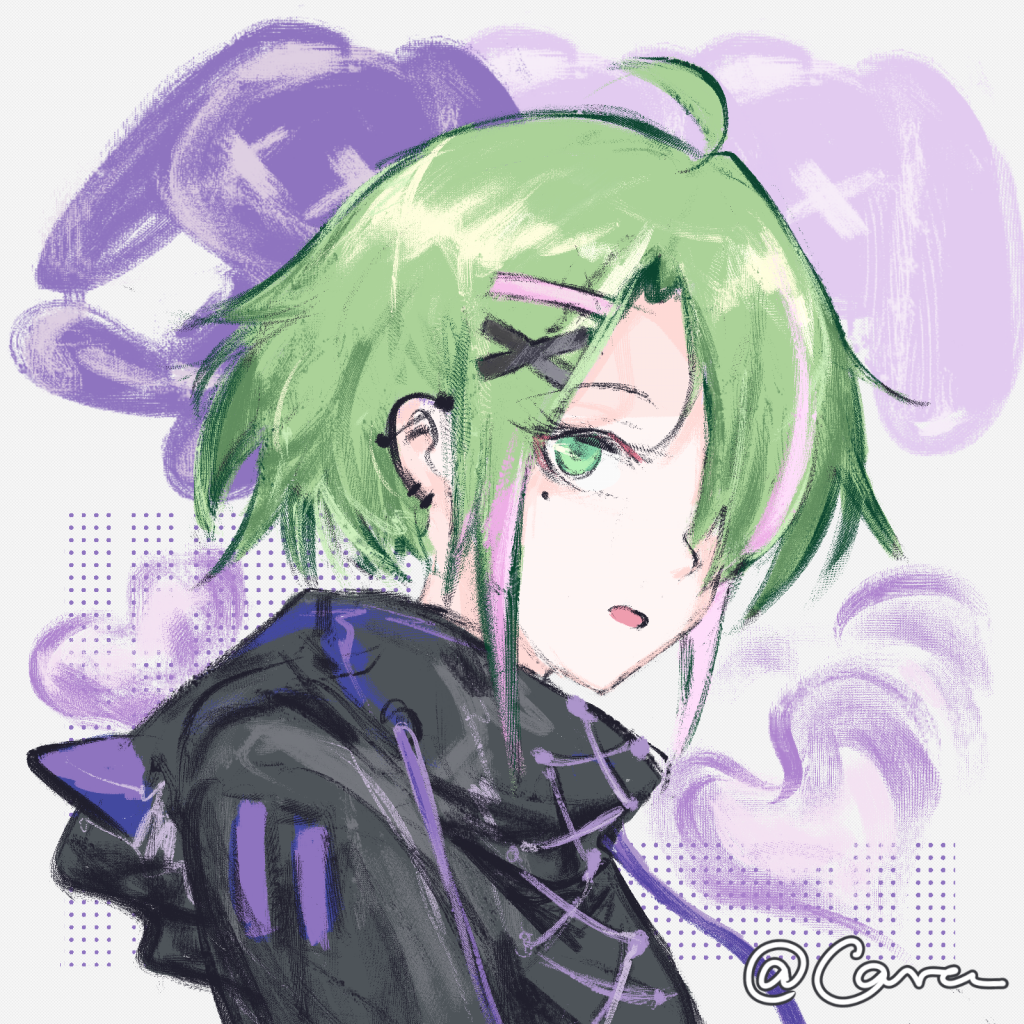Category: Composing for Media
-
Blog10: Collaboration with experimental animation department
After the Christmas holiday, we were given the opportunity to collaborate with the experimental animation department on a short clip, allowing us to practice composition for a animation score. I was paired with a group exploring the concept of time. They interviewed their parents about their childhood and how their perception of time has changed. The…
-
Blog9: Reflecting on the interactive sounding space performance
Understanding the concept of sound installation in the previous week, the building of an interactive sounding space with sensors helped us internalize the knowledge of what sound installations represent and how to construct our own sonic-spacial expression. The performance simply consists of four speakers on different directions with sensors on it to enable interaction with…
-
Blog8: Exploration of sound installation
Sound installation refers to a newly formed art form that uses sound as a primary medium and is typically designed for a specific space or environment. Unlike traditional music performances, sound installations are often immersive and interactive, encouraging audiences to experience sound more spatially and dynamically. They can incorporate various elements, including recorded sounds, live…
-
Blog7: Art and Music of Gris: A Journey Through Handmade Aesthetics
The reading by Lorenzo Hernández and Bernabeu Lorenzo (2023) on Gris highlights the unique appeal of handmade aesthetics in indie games, particularly through its integration of animation, music, and gameplay. Inspired by their analysis, I explored how Gris uses watercolor-inspired visuals and a minimalist score to create an emotionally resonant experience by considering music as part…
-
Blog6: Exploring Non-linear and Generative Composition in Interactive Media
In recent weeks, we delved into non-linear composition and generative music, focusing on their application in interactive media like video game scoring and use the example of AssassinsCreed to understand how these techniques could be applied and practical in constructing an immersive and interactive gaming experience. By introducing basic game music characteristics and history, the emphasis on interaction with…
-
Blog5: Spectral Composition and Microtones
In our recent class, we explored spectral composition, focusing on the use of microtones to reshape harmony and texture. Spectral composition is an approach that emphasizes the harmonic structure of sound, using its overtone content as the foundation for creating new textures and harmonies. Microtones, which are intervals smaller than a semitone, play a critical role…
-
Blog4: Giving Silence a Voice: The Challenge of Scoring Buffy’s Clip
For this composition exercise, I chose a Clip from Buffy the Vampire Slayer. The atmosphere of the scene is heavy and emotionally charged. Interestingly, the director chose to leave this episode without any background music, relying solely on silence to amplify the audience’s immersion. Composing music for this scene posed a unique challenge: how to respect…
-
Blog3: From MIDI to a Real Cello: Discovering Techniques and the Texture of Sound
As someone who primarily relies on MIDI tools for music composition, I’ve often wondered about the nuanced qualities of real instruments. In this session, I had the opportunity to engage directly with a cello for the first time, exploring its techniques and capabilities. This hands-on experience not only broadened my understanding of the cello’s expressive…
-
Blog2: Enhancing Transitions and Crafting the Atmosphere
Building on last week’s work, I focused on refining the emotional transition in the second part, especially the part before crashing into the castle. I also began composing for the third part, the nighttime scene, to create an atmosphere that reflects its subtle tension. Improving the Second PartIn the second part, the suddenness of crash called for more…
-
Blog1: Initial Structure and Composition for the Howl’s Moving Castle Clip
When scoring this clip from Howl’s Moving Castle, I first focused on analyzing the emotional shifts in the film and capturing the underlying feelings of each segment. After repeatedly watching the clip, I decided on a linear composition divided into three main parts: Sophie flying, Sophie spotting and crashing into the moving castle, and the quiet…
